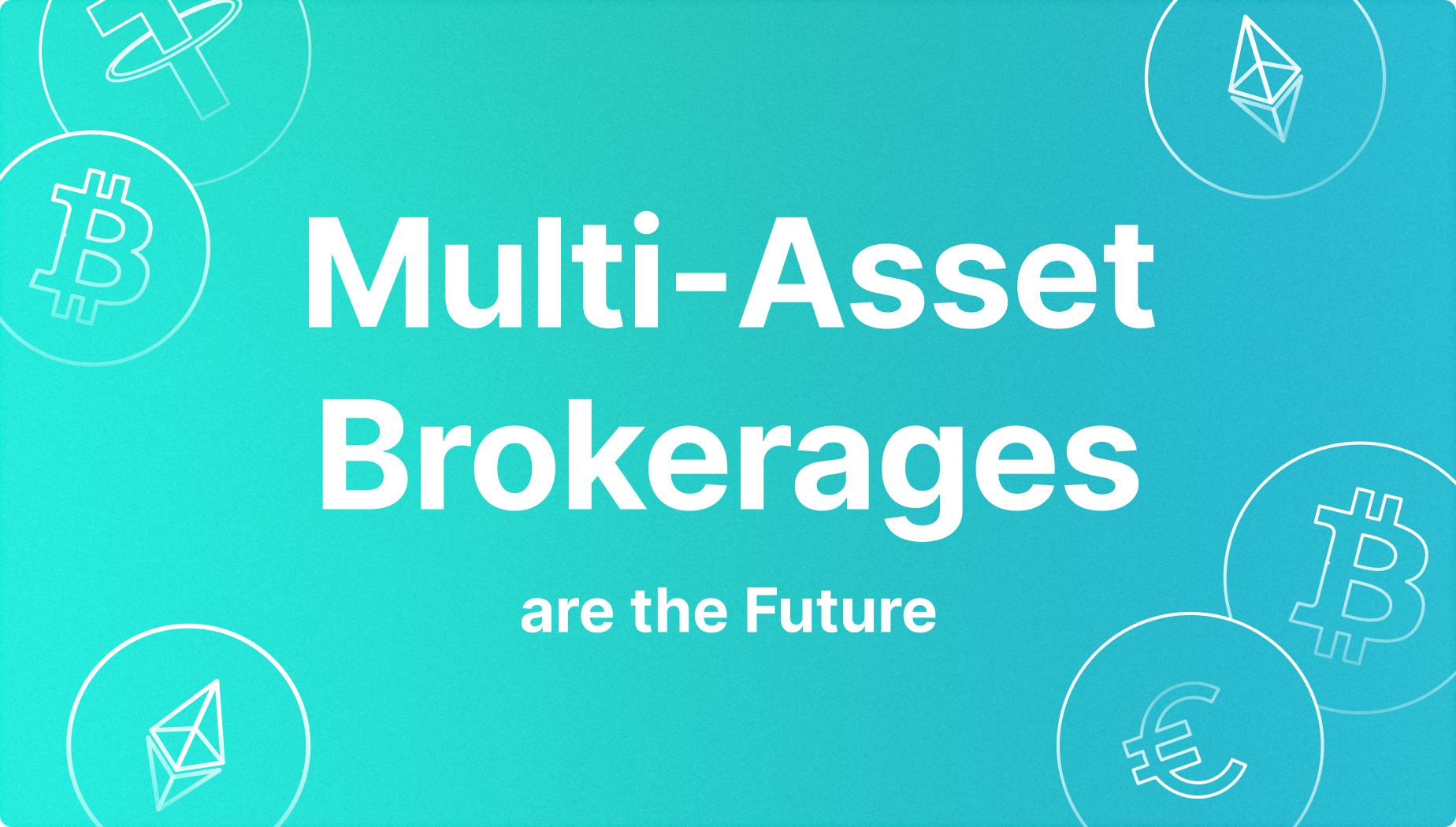ETF Liquidity Provider: How To Choose One?
Articles


Newer players in the financial markets frequently misunderstand some crucial aspects, and an ETF is one of the hardest instruments to understand. Beginner investors often confuse two levels of ETF liquidity. This is why it’s important to clarify and understand how to determine ETF liquidity.
Two levels of ETF liquidity: what is the difference?
The first level includes the actual liquidity itself of an ETF fund, while the second level comprises underlying liquidity. What is the key difference between the two?
Traders who buy and sell small numbers of shares refer to the first liquidity level, as an ETF fund fulfills these requirements easily. As for the second level, traders may commence buying and selling a high number of shares. Authorized participants help a fund to fulfill those needs.
Furthermore, beginners should understand that ETF shares function in both primary and secondary markets. The primary market is open for ETFs and Authorized Participants only, while private investors may buy and sell shares on the secondary market.
Liquidity providers relate to the secondary market, serving as mediators between brokerage companies and investors.
What is an ETF liquidity provider?
A liquidity provider (LP) is responsible for the market balance and minimum gaps between the ask and bid prices. Furthermore, providers make sure investors’ bids or ask offers are executed immediately, otherwise, a buyer or seller needs to wait for the reaction of natural buyers and sellers, facing possible losses.
One more important role of an ETF liquidity provider lies in keeping this market efficient. Due to LPs, shares are suggested by their true value, and during so-called stress periods, liquidity providers return prices back in the line of true value.
Brokerage companies may not even dive into the comprehension of what is ETF liquidity. The key task is to find a reliable LP that opens new horizons for a broker. What tips should be taken into account?
How to choose a liquidity provider?
- Many up-to-date trading platforms enable brokerage companies to offer private traders diverse assets, including FX, ETFs, metals, etc. Get all-in-one solutions dealing with a company that provides several liquidity types.
- Take spread indexes into account. The fewer spread is the more chances to buy/sell ETF shares by their true value. Reliable providers offer spreads from $0.01.
- Dip into additional instruments like the number of trading instruments, execution time, leverage opportunities, and other criteria to get the fullest image of an LP.
B2BROKER is a company that specializes in innovative and cutting-edge solutions. ETF liquidity is among the wide range of services provided to brokerage companies. What do clients get from this cooperation? 7 trading instruments, execution from 68 milliseconds, spread from $0.01, and a long list of other pros. Furthermore, B2BROKER has high-end 24/7 support to remove hurdles in a timely manner.











